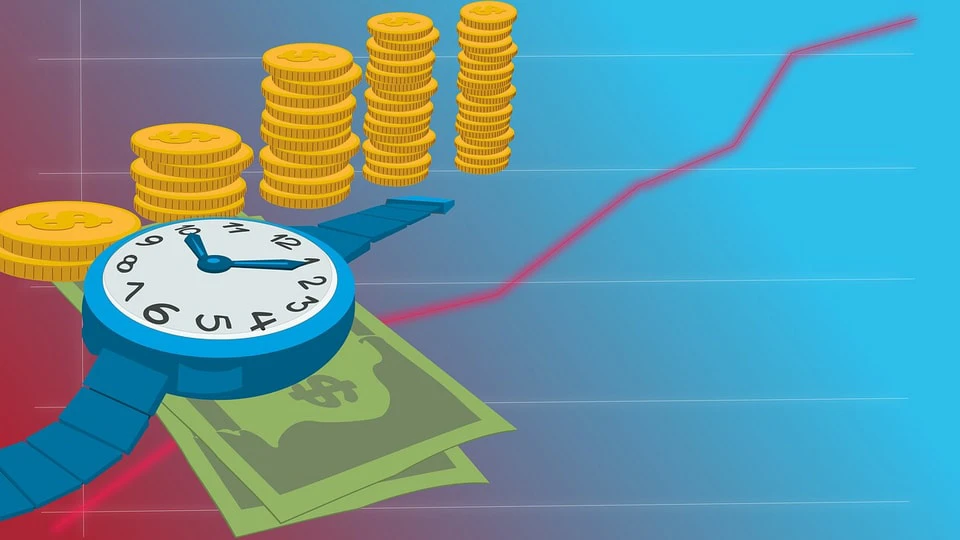The power of a Central Bank is determined by the ability of the financial sector to transmit policy changes. Monetary transmission takes place through various instruments such as credit, deposits, exchange rate and bonds.
In the current rate cut cycle, transmission via credit and deposits has been strong, enhancing and accelerating the impact of monetary policy.
RBI has cut policy rates by 100bps since February 2025 and, even more importantly, infused substantial and durable liquidity. The effect of this is evident in the reduction of the cost of bank credit and deposits. Fresh loan rates are lower by 71bps, and fresh deposits by 87bps. The bond market is the other key instrument for transmission of monetary policy, and it is here where the impact has been unexpected. Post the June policy, where RBI front-loaded policy action with a 50bps cut, G-sec yields have only risen higher, both short-end and long-end. This has effectively reduced the transmission of the rate cut, especially at the long-end.
That said, to compare transmission via lending and deposit rates with the bond market might be unfair. Bond markets also reflect expectations of policy changes in the market. The long-end yields reflect expectations of rate changes, while the short-end yields reflect actual rate changes.
The expectation channel of the bond market is an additional tool for monetary policy to influence financial conditions via signalling a potential change in policy. This enables faster transmission of monetary policy, as bond markets reflect policy changes ahead of the actual change. Indeed, 10-year G-sec yields had started reducing from October 2024 onwards when RBI changed the stance from withdrawal of accommodation to neutral. The actual rate cut cycle started from February 2025 onwards. In the same vein, the rise in long-end yields post the June policy was due to a change in expectations, with the stance of the policy changed from accommodative to neutral. The change in stance was made by the RBI to signal that the bar for further rate cuts was much higher. Hence, the rise in the long-end yields reflects that the market is pricing in a prolonged pause.
In the August policy, the RBI remained on pause and maintained forward guidance for limited space for further easing. This was demonstrated by the RBI’s stating that the space provided by a benign inflation outlook has been appropriately used to support growth. This further cemented the market view of a prolonged pause, reflected in a rise in long-end yields.
The short-end g-sec yields reflect actual policy action; however, they too rose after the 50bps cut in June. They reacted to the change in liquidity management by the RBI. The call rate, which is the overnight rate at which banks borrow and lend money to each other, had been below the repo rate before the June policy. This effectively deepened the rate cut cycle. The fall in overnight rates was due to system liquidity turning positive due to RBI liquidity infusion and the lack of variable rate reverse repo auctions (VRRRs). The latter temporarily absorbs excess liquidity at a rate between the SDF and the repo rate. However, post the June policy, RBI restarted VRRRs, which resulted in the weighted average call rate rising closer to repo. In July, the weighted average call rate averaged at 5.40%, marginally below the 5.50% repo rate. Hence, the 50bps cut of June was effectively reduced to 25bps with a rise in overnight rates. The short-end yields reflected this.
Rate cut and bond yield outlook
Going forward, we see limited support for long-end yields with the rate cut cycle nearly over. We see space for one more 25bps cut in October, but markets will only price it in closer to the policy, once it becomes clear that inflation is likely to remain below 4%. Currently, RBI expect inflation to rise to above 4% towards the end of the year, averaging at 4.7% in Q4FY26 and Q1FY27.
This limits the space to further ease rates. Given the positive monsoon performance and subdued food price trends, we see inflation remaining at 3.8% in Q4FY26 and Q1FY27. The short-end yields will get support not just from another rate cut but also substantial build-up of banking system liquidity once the CRR cut comes into effect. The CRR will be cut by 1% from September to November, resulting in an ₹2.5 lakh crore infusion of durable liquidity.
The G-sec yield curve is likely to remain steep, reflecting that the rate cut cycle is nearly over, but support from liquidity infusion will remain in play.
